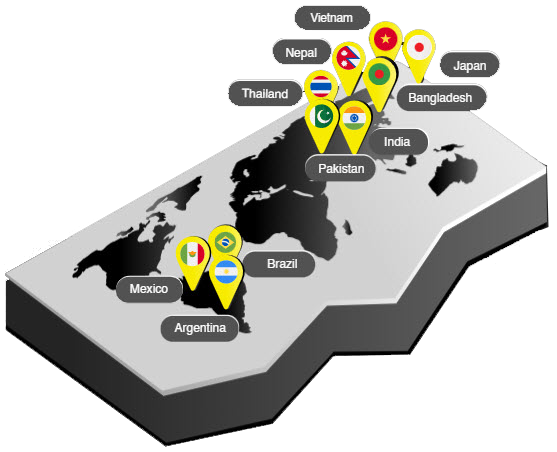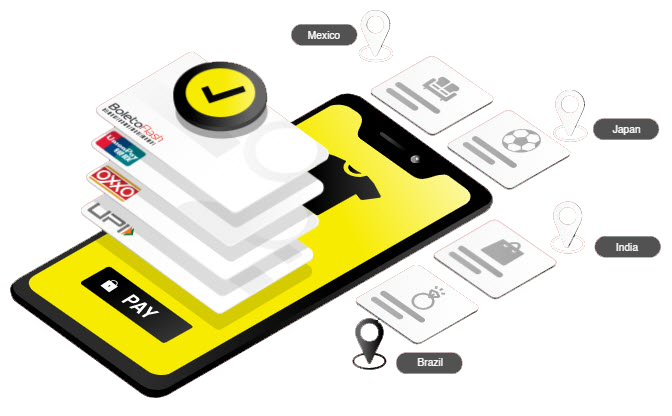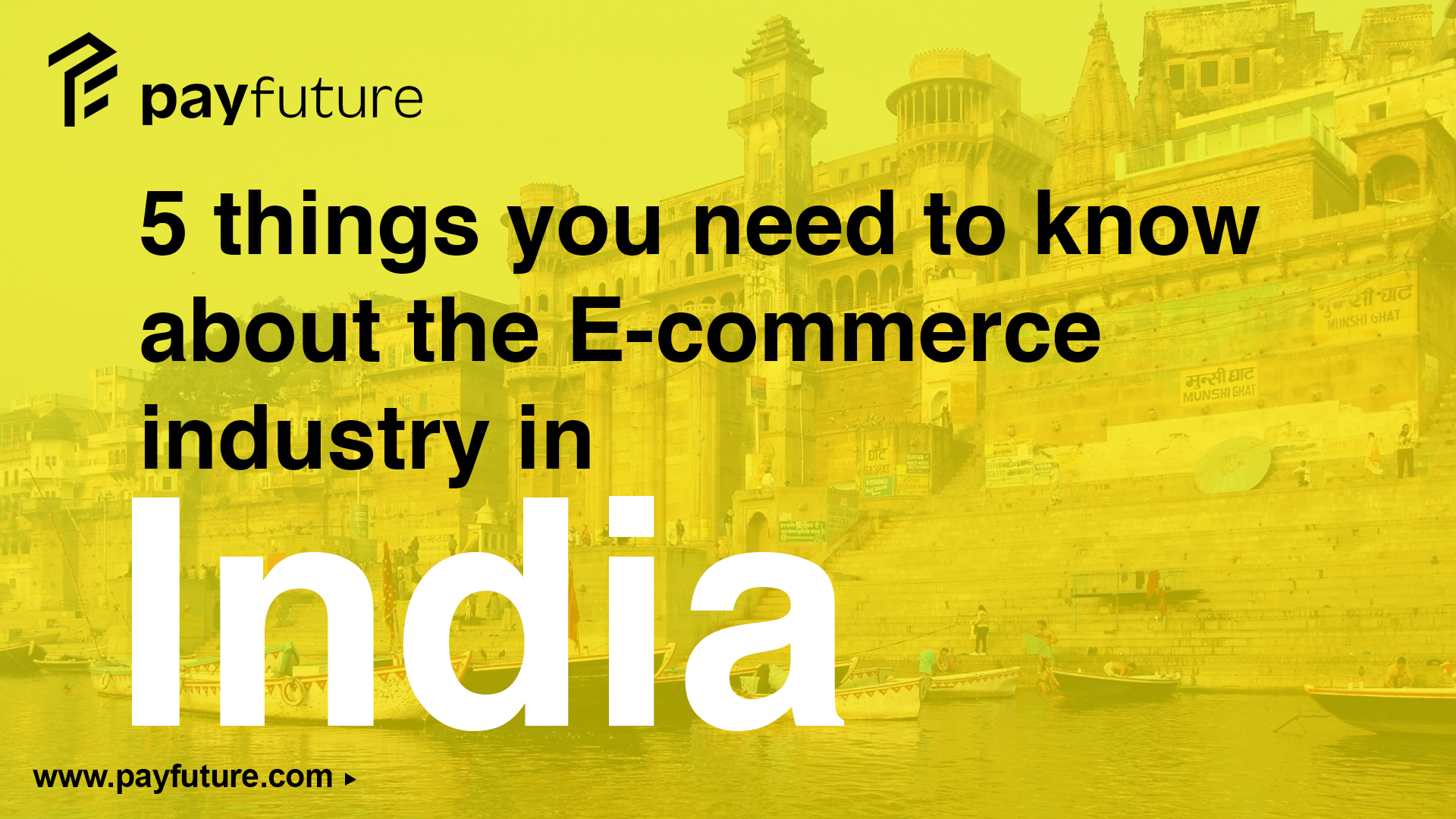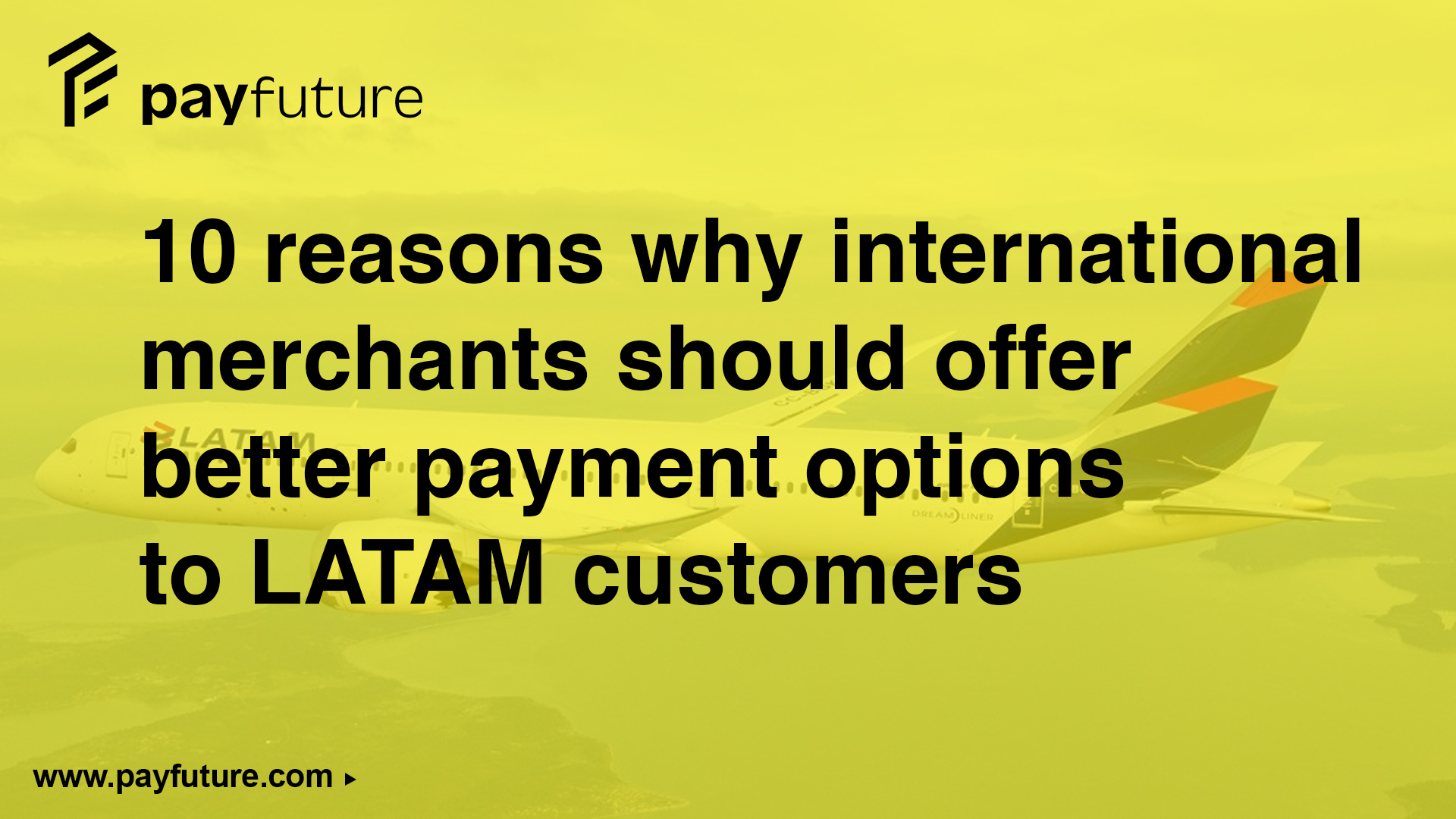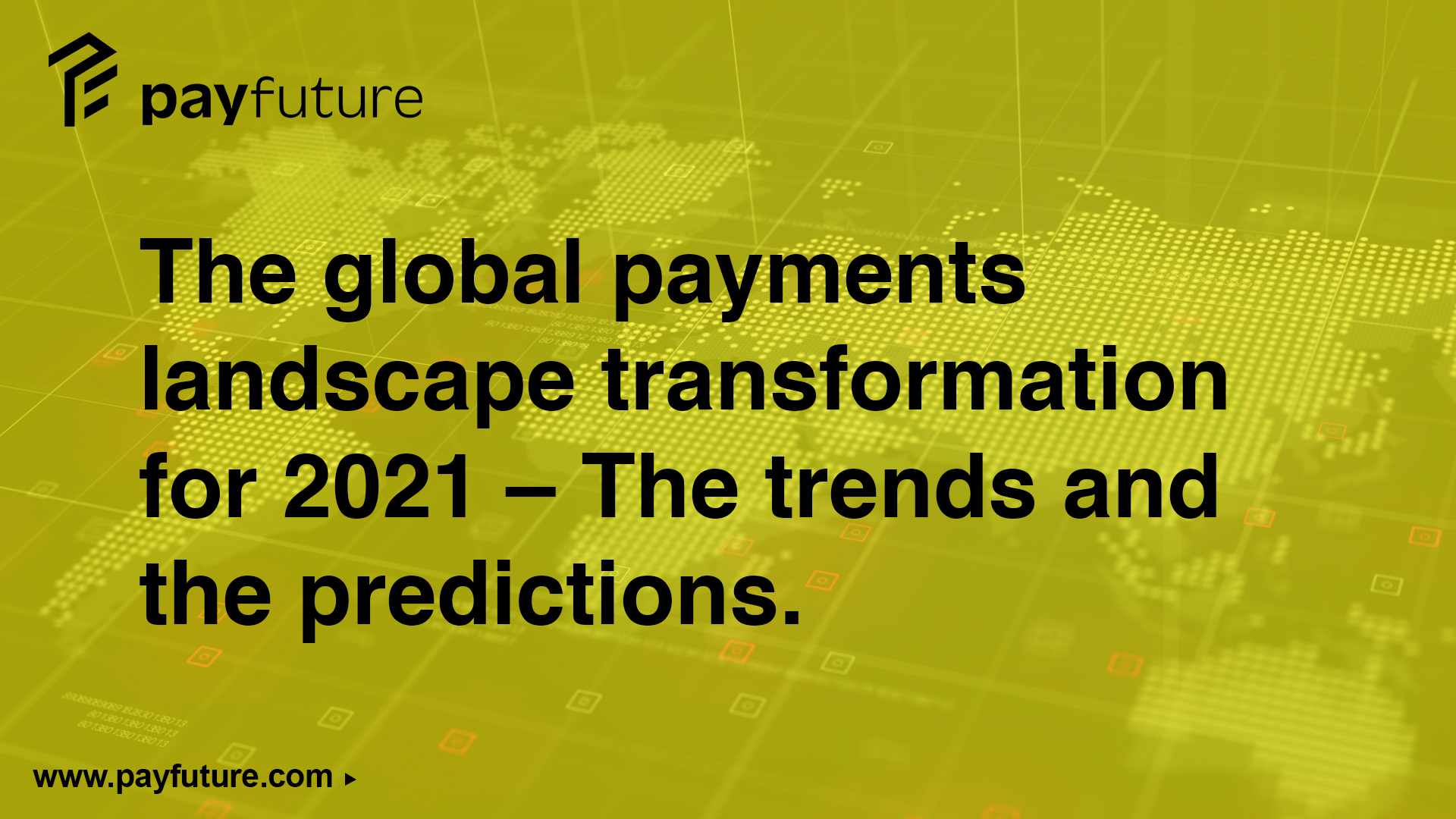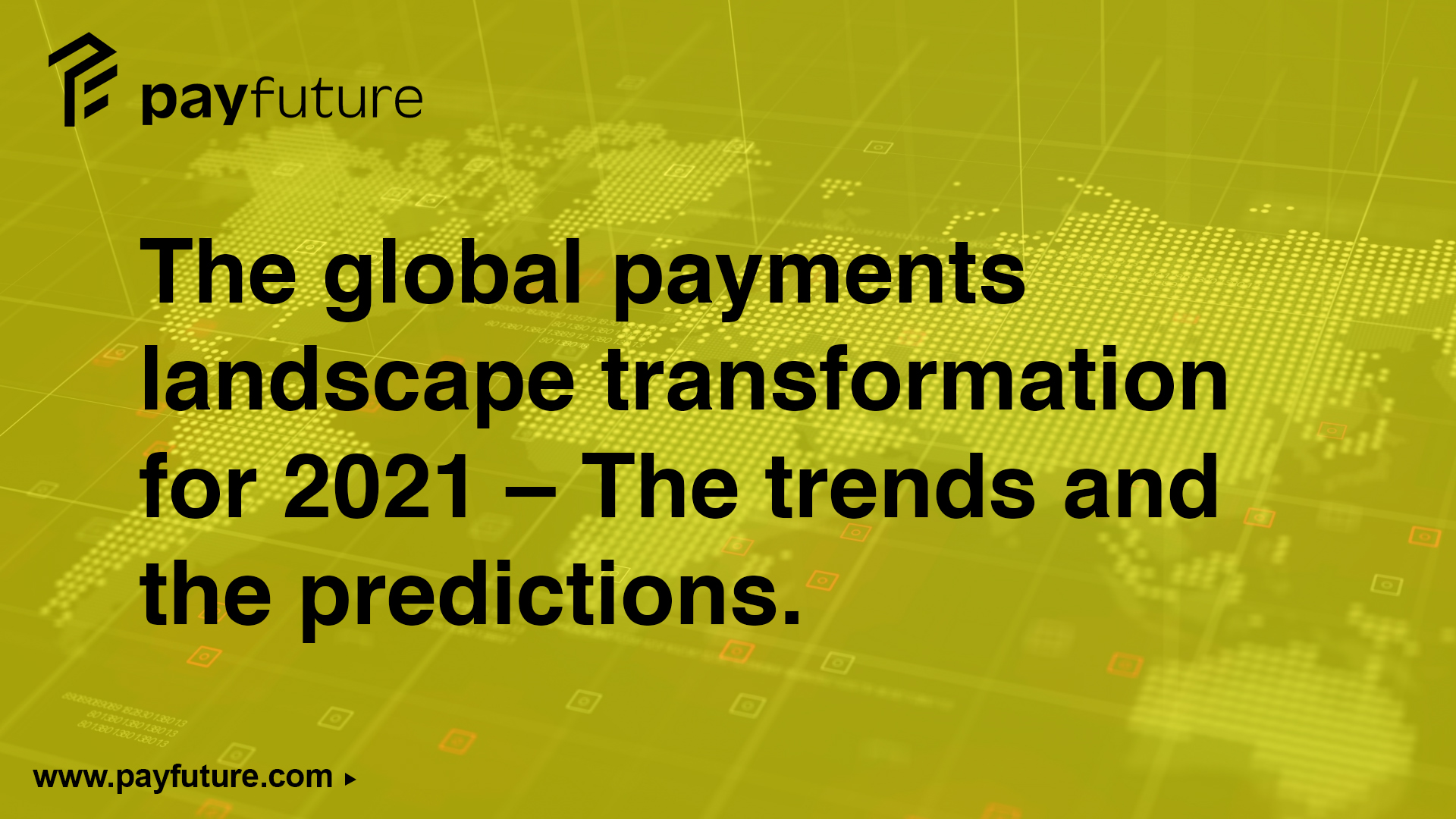There has been a lot of change to cross-border payments over the last five years. New regulations in this sector and changes in compliance have had an impact. Fintech start-ups are offering new technology solutions to support the cross border payments sector and better payment processing options have all made a difference. This innovation is likely to continue. The demand for cross border payments is very high and currently steps are being taken to improve cross-border payments overall.
According to research by Mkinsey, ‘cross-border payments growth is particularly compelling in marketplace payments and the gig economy. Amazon is a driver of the marketplace and players like Etsy and Upwork are also growing strongly which is, ‘fuelling cross-border commerce and employment and driving C2B, B2C and business-to-small-business payments.’
Banks and other financial institutions need to be able to move money around efficiently, transparently, securely and in a cost-effective manner to keep up with the needs of the population who wish to send and receive money between borders
The covid19 pandemic has also had a significant effect on global cross border payments.Deloitte state, ‘we have certainty that covid19 will change the face of payments globally,agnostic of pandemic severity.’
This current pandemic has meant that the use of cash has been reduced across the globe.People are going out less, in particular where there are restrictions in place and digital payments are increasing. There has been an increase in online / mobile payments as a result of this. There is evidence to suggest that some people are purchasing things across the border for the first time ever and are also placing large orders with businesses abroad, including the purchasing of Covid19 masks and other personal protective equipment (PPE).
According to McKinsey, ‘the most striking and potentially lasting impact is an accelerating pace of change in this industry.’ There has been a huge shift in buying behaviour and more than ever people are purchasing online. The pandemic has accelerated the move from physical (going to a ATM machine or bank branch ) to digital (online virtual) banking. It’s also impacted the need for faster payments especially when you need items or a service urgently.
Some businesses may accept PayPal for smaller amounts, however if you’re transferring money in the thousands this may not be the most ideal solution. PayPal can also be costly in terms of fees. Banks can also be expensive, as some charge £25 to send money across the border per transaction, for example from the United Kingdom to India. Fees that are high can put people off from using their services.
One of the main challenges in cross border payments in both speed and security. Often when you want to transfer money to another country across the border it can take days to reach the recipient/ the receiver. Cross border payments have been traditionally known as often being slow and because people want to be able to transact and send and receive money faster, professionals in this sector have looked at improving payment options. This is innovating the industry.
Even today, if you’re using your main bank for cross border payments you may have to make a phone call and provide all the information which is time consuming and sometimes you may have to repeat this. This information then this goes through security checks and then the money might reach the recipient within the week. This is too slow. The need for speed is so crucial for cross border payments.
Swift is a payment method that is available 24/7 that most of us are familiar with, however as mentioned above, this usually requires manual entry of recipients information and involves intermediaries. It often takes too long and the fees are known to be expensive.There is an updated version of Swift Global Payment Innovation (Swift Gpi) which has improved the cross-border payments process. Banks such as Societe Generale have been using it in some form since 2017, although it became more popular in 2019. The main reason it was developed was to provide tracking, transparency and speed. Is also enables payments to be identified in real time, so if need be, they can be stopped and recalled midtransfer in cases of fraud. Payments are also promised within 24 hours, however, it is also costly and not affordable to all merchants.
This is also why fintech innovation is at a high in this sector, due to the demand and requirements of merchants and consumers.
As mentioned previously, to meet the needs of today and the future, payments need to be instant and much cheaper. There needs to be improvements to the speed of being able to send and receive money. This needs to also be in a secure way, without too many restrictions whilst being a simple process – it is what customers and merchants want.
It is also why a technology known as blockchain has also been used to transfer money and this is becoming more of a popular method. According to American Express (Amex),‘blockchain technology promises to facilitate fast, secure, low-cost international payment processing services (and other transactions) through the use of encrypted distributed ledgers that provide trusted real-time verification of transactions without the need for intermediaries such as correspondent banks and clearing houses.’ Blockchain technology was initially used to support the digital currency Bitcoin, but it is now being explored for a wide variety of applications that don’t involve bitcoin. According to Forbes, ‘cross-border payments supported by blockchain provide significant advantages to businesses and consumers. Blockchain-based payments are cost-effective, almost immediate, secure and transparent.’
Deloitte estimates that business-to-business and person-to-person payments with blockchain result in a 40% to 80% reduction in transaction costs and take an average of four to six seconds to finalise compared to two to three days using the standard transfer process.These statistics highlight why more businesses would choose this method.
Options for cross border payments include outsourcing your payments management to a 3rd party. Merchants can also collaborate with fintech partners. Merchants need a payment gateway. A payment gateway is a merchant service provided by an ecommerce application service provider that authorises credit card or direct payments processing for e-businesses and online retailers for example. The definition of a payment gateway is the technology that captures and transfers payment data from the customer to the acquirer and then transfers the payment acceptance or decline back to the customer. A payment gateway validates the customer’s card details securely, ensures the funds are available and enables merchants to get paid. It acts as an interface between a merchant’s website and its acquirer. It encrypts bank card details, ensuring that information is passed securely from the customer to the acquiring bank, via the merchant. Encryption is a type of security that is required. This security aims to protects credit and debit card details. Simply, a payment gateway works as the middleman between your customer and the merchant, ensuring the transaction is carried out securely and promptly which is very important. Payment gateways have a part to play in the future of cross border payments and a good payment gateways can also increase sale conversion rates.
Our PayFuture payment gateway connector offers access to various local payment options across emerging markets. Countries initially accessible through the gateway include Argentina, Bahrain, Bangladesh, Brazil, Columbia, India, Japan, Malaysia, Mexico, Nepal,Pakistan, Saudi Arabia, Bahrain, Qatar, UAE, Thailand and Vietnam.
It uses an artificial intelligence (AI) based connector and one API to allow the switch/connector gateway function. Access to local ecommerce payment methods is now crucial in emerging territories – especially those without developed retail or personal banking sectors.
There is also a link between payment methods and conversion rates. Conversion recovery solutions are useful for merchants who do not want to lose sales. This is a very valuable business tool that is gaining popularity. This is an important tool for the future of cross border payments. Payfuture offers a conversion recovery solution that works in real time to identify when a customer might abandon a sale. With transactions that are ultimately declined, the system offers users the option of trying a different payment option.
If merchants pick the right payment gateway provider and technology partner (like Payfuture), they will have a good range of tools and expertise available to them to optimise their eCommerce conversation rates, their sales and turnover.
Overall, the key things that are going to be a focus on cross border payments in the future include;
- The growing role of SMEs in international business and the needs for SME’s access to affordable international payments will further disrupt this sector
- Transparency on fees
- An increase in Blockchain use
- Tracking – itemising payments in a clear ‘simple to understand,’ way.
- Speed – not waiting for payments to reach accounts. Fast for the customer and fast for the merchant/receiver.
- An increase in cyber security in this space
